Behavioral health and addiction treatment providers must learn to embrace value-added new technologies in order to keep improving the patient experience. However, introducing a new system has its challenges, and changes to the status quo always need to be handled with a firm strategy in place.
Keep the lines of communication open from the beginning
Many employees resist the use of new technology because they fear not being able to adapt to something new, but there are many others who refrain from buying in because they feel like they don’t have a voice in the process or decision-making. Front-line team members may not have the authority to terminate the implementation of a new system, but that doesn’t mean they should be left out of the process. Be honest with them about the realities of the implementation, including the struggles and the benefits, and ensure them that they will be heard throughout.
Explain to your end-users how the solution will affect and help their performance
In these cases, your end-users are very much like your patients in everyday operations: they don’t especially care about the high-level policy behind an action; they are interested in how that action will affect their day-to-day experience. Don’t introduce them to the technology by focusing on how much money it will save the treatment center, or how it will help you meet a specific regulatory requirement. Provide them with in-depth demonstrations of how this solution will help them work better and more efficiently.
Engage with your super-users
Every introduction of new technology, whether it’s a comprehensive electronic health record (EHR) solution or a piece of companion software such as outcomes measurement software like WeConnect or drug knowledge integrations like the ASAM Continuum, can result in super-users rising to the forefront. Enlist your users who are most proficient and comfortable with the software to act as a learning resource for their colleagues, especially in the crucial period just after the trainers have finished the onboarding process on site.
Get feedback from your team leaders and end-users
Implementing an EHR solution is a complex process that involves connections between numerous different work units and job functions. It’s important to recognize that there will always be stumbling blocks when human error is involved, but you can use this to your advantage. Source feedback from users in all levels of the organization about their experiences, from physicians to office staff to department heads. Then, you can learn from the mistakes and work to improve the experience for everyone involved.
Introducing a new technology such as EHR may be an intricate process, but it’s more than worth the effort when you find the right solution for you. The AZZLY® EHR & RCM system is optimized to help addiction treatment centers revolutionize the patient experience through comprehensive information management, record keeping, and staff support. Not to mention AZZLY’s enhanced comprehensive platform AZZLY Rize™ will be partnering and integrating ASAM Continuum™ and ASAM CoTriage™ and WEconnect Recovery’s relapse prevention software. Reach out to an AZZLY representative today to arrange for a thorough demonstration of the value of EHR software for your health care center.




